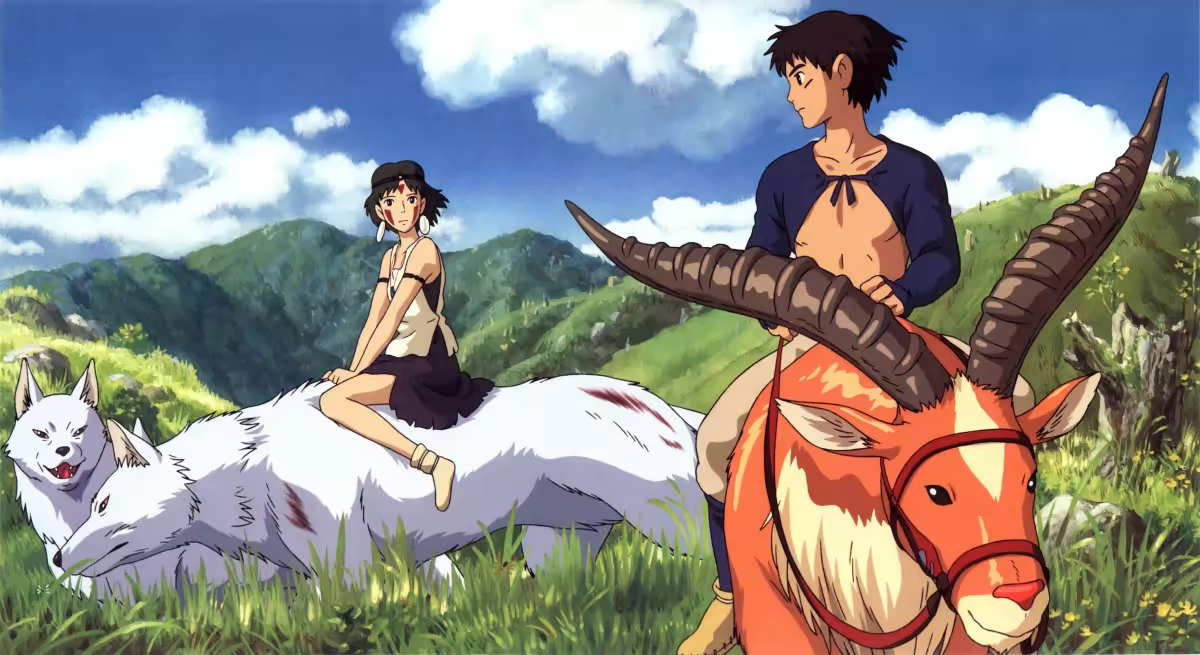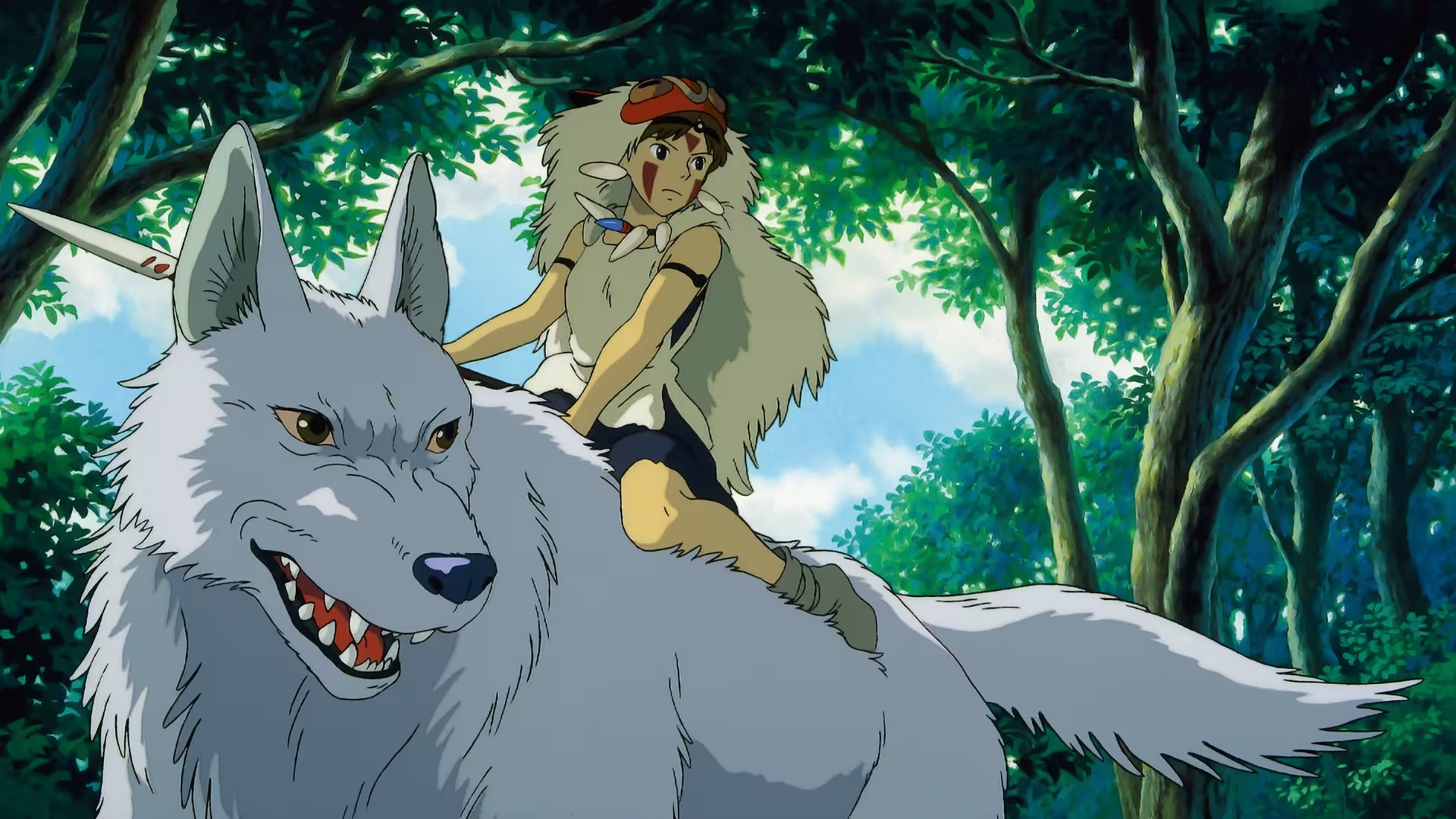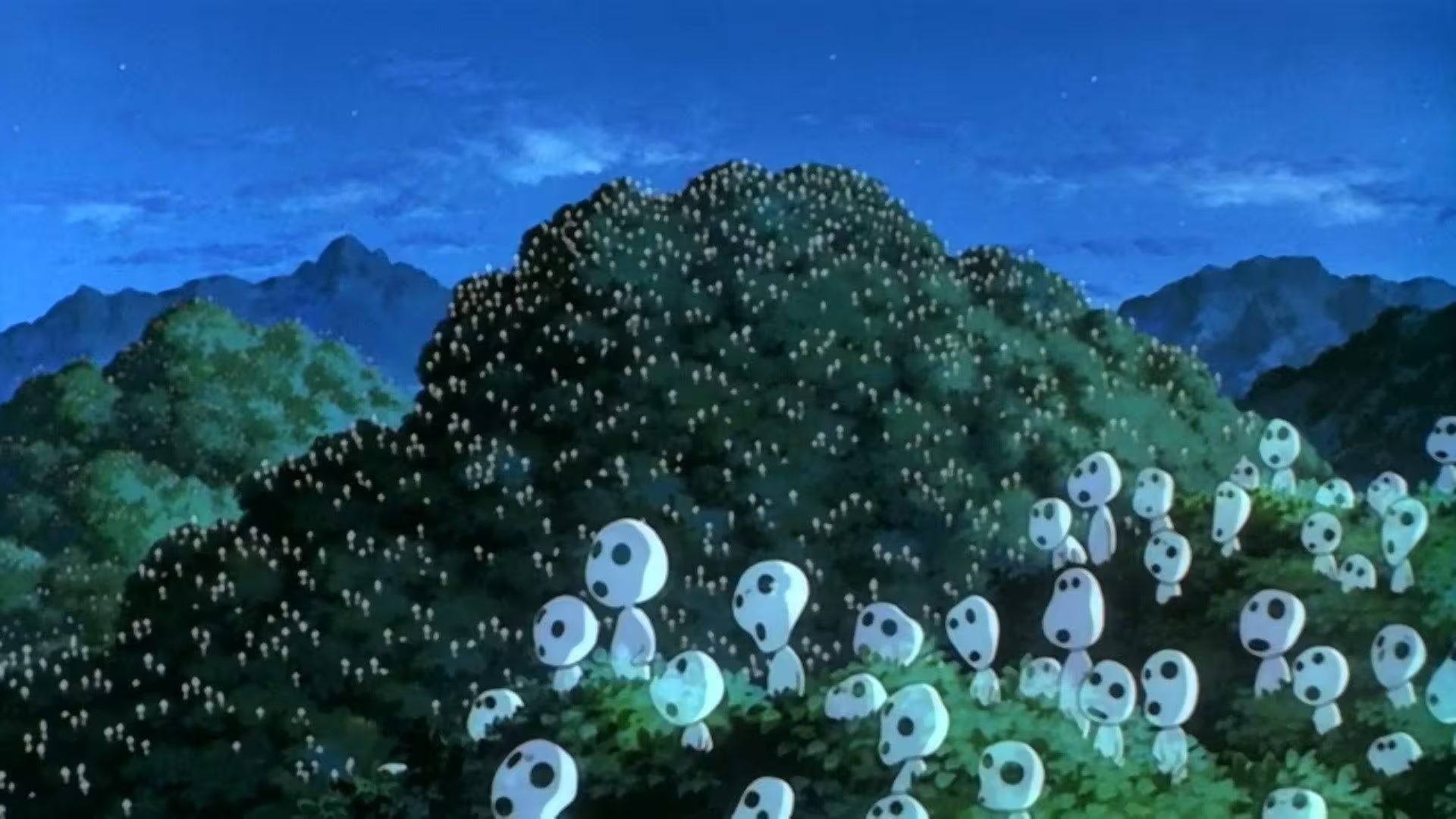A Masterpiece of Japanese Folklore and Horror
In the vast constellation of Japanese anime, some shine away from the spotlight. Mononoke, produced by Toei Animation and directed by Kenji Nakamura, stands as one of these singular works. Aired in 2007, it never received mass distribution but remains one of the most refined examples of a rarely explored genre: rural folkloric mysticism.
The Medicine Seller – An Enigmatic Protagonist
The protagonist of Mononoke is simply called the “Medicine Seller.” He travels through feudal Japan investigating supernatural apparitions that he can only exorcise by identifying their form, truth, and reason for being. This semi-anthological narrative structure makes each arc a spiritual investigation ritual blending psychology, history, and symbolism.

Visual Innovation – A Living Ukiyo-e Painting
Visually, Mononoke is an aesthetic revelation. It draws from kabuki theater, ukiyo-e prints, and scroll paintings. Backgrounds appear in constant flux with saturated colors and stylized forms. The limited animation creates a ceremonial pace, enhancing the feeling of moving artwork.
Psychological Depth in Supernatural Tales
As a spin-off of Ayakashi: Japanese Classic Horror‘s final arc, Mononoke explores not just ghost stories but the human traumas behind apparitions: abortion, war, betrayal, madness, jealousy. These spirits serve as embodied metaphors rather than simple monsters.

The Noppera-bō Episode – A Masterclass in Storytelling
The “Noppera-bō” (faceless ghost) episode examines grief and denial. A woman haunted by her stillborn child’s spirit seeks peace while avoiding her pain. The resolution comes through confession rather than combat, staged like rotating kabuki theater sets.
Mononoke’s Enduring Legacy
Despite limited international release, Mononoke profoundly impacted fans of spiritual narratives and traditional arts. It’s often compared to Mushishi (2005), though visually more flamboyant. In an industry favoring modern urban tales, it returns to an ancient, ritualized Japan.

MONONOKE – Toei Animation’s Hidden Gem of Supernatural Storytelling
Table of Contents
A Masterpiece of Japanese Folklore and Horror
In the vast constellation of Japanese anime, some shine away from the spotlight. Mononoke, produced by Toei Animation and directed by Kenji Nakamura, stands as one of these singular works. Aired in 2007, it never received mass distribution but remains one of the most refined examples of a rarely explored genre: rural folkloric mysticism.
The Medicine Seller – An Enigmatic Protagonist
The protagonist of Mononoke is simply called the “Medicine Seller.” He travels through feudal Japan investigating supernatural apparitions that he can only exorcise by identifying their form, truth, and reason for being. This semi-anthological narrative structure makes each arc a spiritual investigation ritual blending psychology, history, and symbolism.
Visual Innovation – A Living Ukiyo-e Painting
Visually, Mononoke is an aesthetic revelation. It draws from kabuki theater, ukiyo-e prints, and scroll paintings. Backgrounds appear in constant flux with saturated colors and stylized forms. The limited animation creates a ceremonial pace, enhancing the feeling of moving artwork.
Psychological Depth in Supernatural Tales
As a spin-off of Ayakashi: Japanese Classic Horror‘s final arc, Mononoke explores not just ghost stories but the human traumas behind apparitions: abortion, war, betrayal, madness, jealousy. These spirits serve as embodied metaphors rather than simple monsters.
The Noppera-bō Episode – A Masterclass in Storytelling
The “Noppera-bō” (faceless ghost) episode examines grief and denial. A woman haunted by her stillborn child’s spirit seeks peace while avoiding her pain. The resolution comes through confession rather than combat, staged like rotating kabuki theater sets.
Mononoke’s Enduring Legacy
Despite limited international release, Mononoke profoundly impacted fans of spiritual narratives and traditional arts. It’s often compared to Mushishi (2005), though visually more flamboyant. In an industry favoring modern urban tales, it returns to an ancient, ritualized Japan.